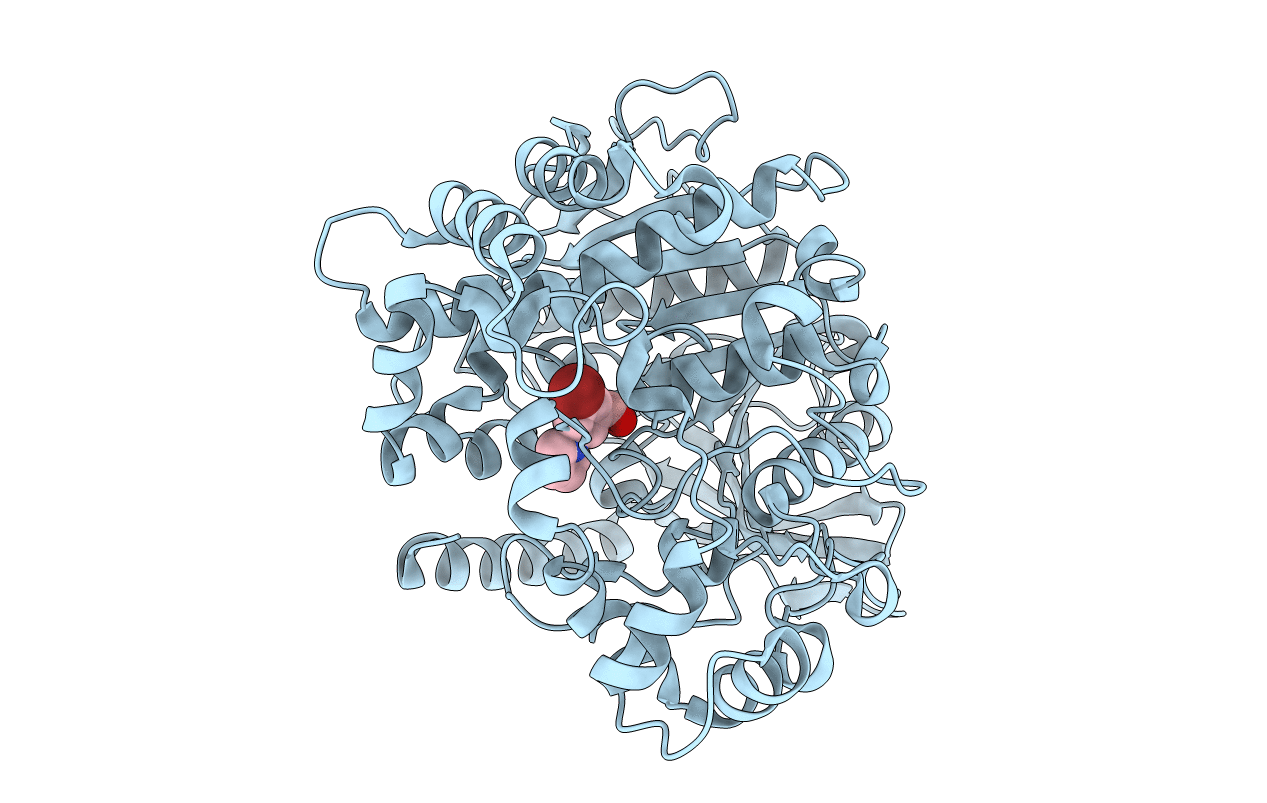
Deposition Date
2016-11-21
Release Date
2017-12-06
Last Version Date
2024-11-06
Entry Detail
PDB ID:
5TYM
Keywords:
Title:
alpha-esterase-7 in complex with [3-bromo-5-(pyrrolidin-1-yl)phenyl]borinic acid
Biological Source:
Source Organism:
Lucilia cuprina (Taxon ID: 7375)
Host Organism:
Method Details:
Experimental Method:
Resolution:
1.84 Å
R-Value Free:
0.28
R-Value Work:
0.22
R-Value Observed:
0.23
Space Group:
C 2 2 21


